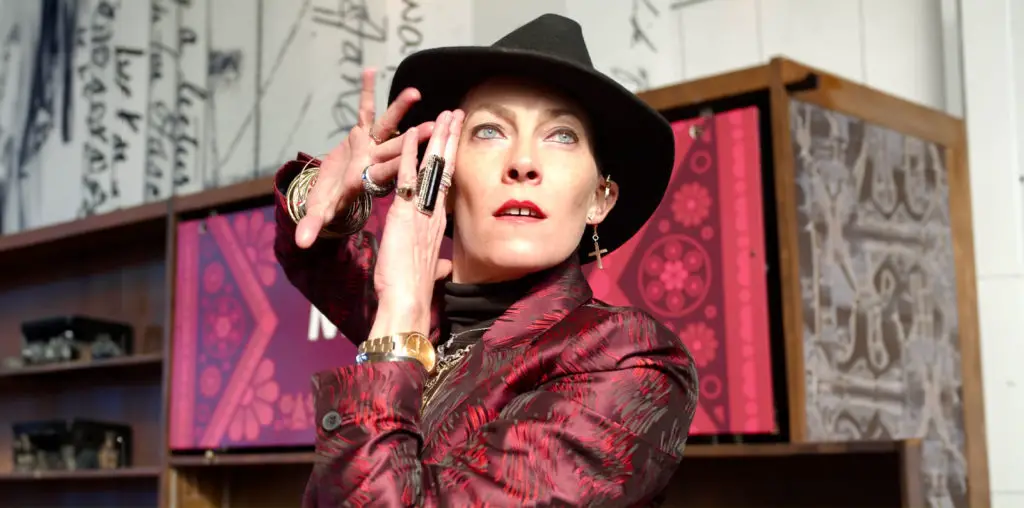
A man in a dark suit wanders through the halls of New York City’s Staten Island Ferry Terminal building. He has a dazed look on his face and the voices and sounds, which swirl through the building, fill him with cacophonous pain. He goes to the men’s room and finds blood dripping from the back of his head. He takes the ferry across the harbor into Manhattan and wanders through the city, haunted by images of a woman in a rehearsal hall. Nearly everyone he glimpses (a janitor mopping a floor, a young woman who accidentally bumps into the janitor, a subway rider playing air piano while humming to himself, a proper businessman) finds their way into his visions of that rehearsal hall.
This is the foundation of “Staccato Fugue,” a handsomely produced student film by TeoCarlo Pulgar. With a multi-layered soundtrack that mixes a wide range of aural sensations, mirrored by haunting cinematography that compresses and distorts the world to fit the point of view of its deranged protagonist, “Staccato Fugue” brings to life the nightmarish twirl of a man whose existence has fallen into deep madness. In many ways, the film recalls Orson Welles’ version of “The Trial” in its violent editing and wildly expressionistic camera angles as the man wanders the length of New York in a vain attempt to rid himself of the sounds and images that haunt his existence. Tunnel and stairways envelope him, buildings tower over him with menace, and people view him with trepidation and contempt. His inner demons build a harrowing world for him as memory and hallucination blur until one is indistinguishable from the other.
If the film’s payoff isn’t quite what is expected or deserved (the actual circumstances involving the woman in the rehearsal hall plays phony) and if the man seems to cover an abnormal stretch of New York from scene to scene, the film is nonetheless an accomplished achievement which attempted to try something different from the usual student short film and, in many ways, succeeded admirably.
